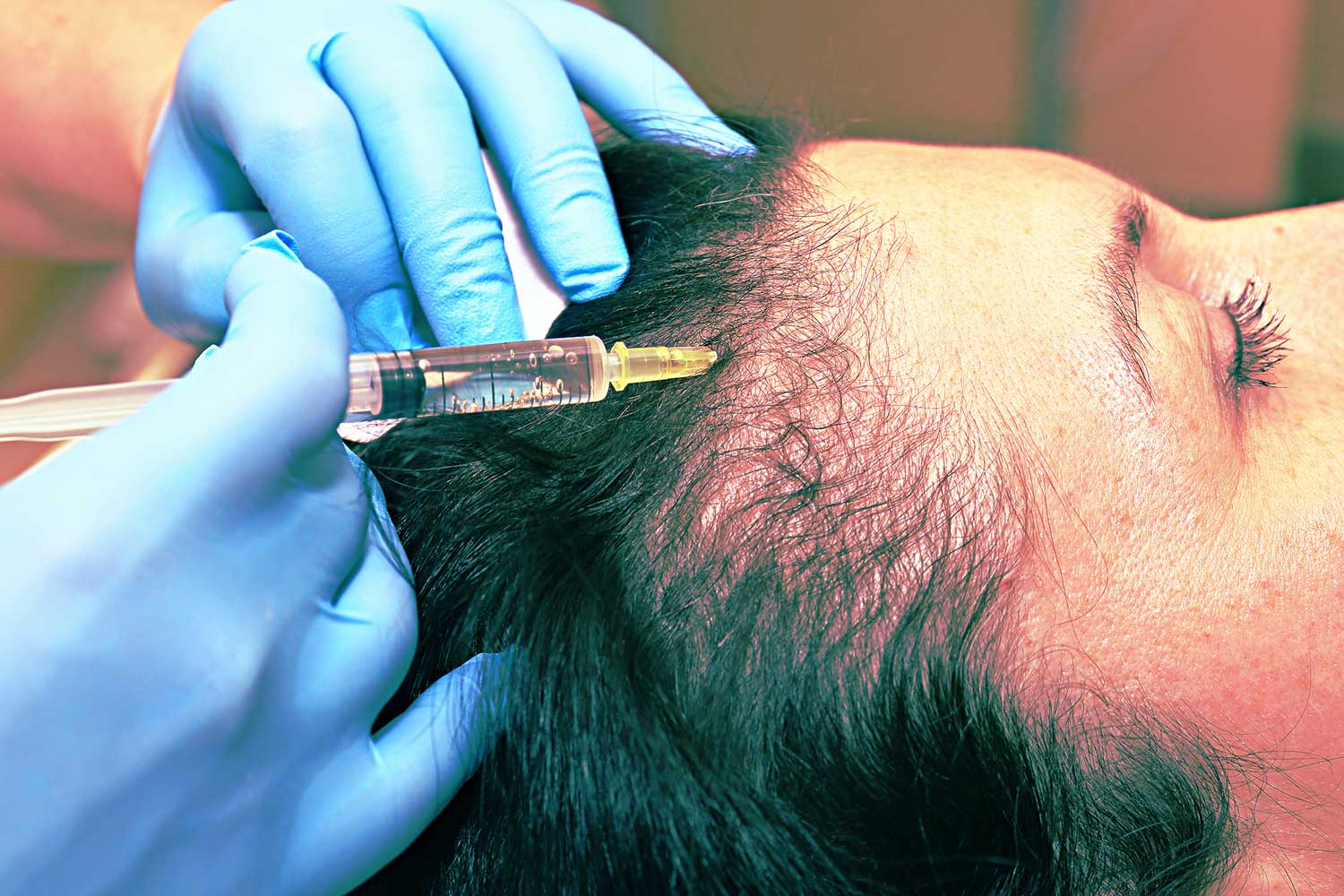Amniotic fluid has been a major component of the growing field of regenerative medicine. Its applications in medical practice are constantly being expanded. Recently medical providers have discovered that amniotic fluid can facilitate excellent hair regrowth through its many growth factors and other beneficial cytokines. Amniotic fluid, and amniotic tissue products, are rich in cellular signally markers that stimulate tissue regeneration in the areas being treated. Amniotic fluid for hair loss is yet another example of how regenerative medicine is changing our lives and the future of healthcare. (Fox News, 2016)
How does amniotic fluid for hair loss work?
Amniotic fluid contain many beneficial cytokines. Cytokines are a type of cell signaling protein. There are many different types of cytokines, and when you come across the term cytokine in regenerative articles just remember it’s a cell signaling protein. Amniotic fluid cytokines consist of several very different groups of proteins, some of which are growth factor cytokines. Growth factors stimulate cellular activity and tissue growth, as the name suggests. These growth factors can stimulate a variety of connective tissues and cell types, just like the types of tissues found in the dermal and epidermal tissues of the scalp. Let’s take a look at some of the growth factors responsible for success when applying amniotic fluid for hair loss.
Epidermal Growth Factor, or EGF, is one of the major beneficial growth factors in amniotic fluid and tissue products and is responsible for cell growth and proliferation. This growth factor can essentially turn the hair follicle cells back on and kick them into a proliferation state where they are active and producing hair. This is the basic idea, although the mechanisms behind their activity are more complicated than this.
Vascular Endothelial Growth Factor, or VEGF, is a growth factor responsible for blood vessel formation and regeneration. You probably already know that blood flow plays a major role in hair growth and hair loss. Some medications originally developed for heart and cardiovascular conditions have side effects of increasing hair growth due to their capacity to dilate blood vessels. In this case VEGF is able to stimulate regeneration of the blood delivery system of the scalp, revascularization and angiogenesis are two technical terms for what VEGF does for dermal tissues.
Platelet Derived Growth Factor, or PDGF, is another growth factor responsible for blood vessel formation, or angiogenesis and stated above.
There are many more cytokines present in amniotic fluid and tissue products that play a part in the positive outcomes being seen in amniotic fluid for hair loss treatments. The combination of all these cytokines results in a hair loss treatment unlike any other option on the market.
Some of the other benefits of amniotic fluid for hair loss treatments are that it is readily available when the physician are both ready to proceed. It is typically stored on site and the provider can begin treatments immediately without having to engage in any invasive procedures to collect blood or stem cells from the patient. There are merits to all types of regenerative treatment and therapies, but in this case the simplicity, convenience, and availability of amniotic fluid for hair loss treatment seems to be the ideal treatment option for hair regrowth.
To find regenerative medicine providers offering amniotic fluid for hair loss treatment, visit regenproviders.com and search for listings in the city where you live.
References:
Innovative hair loss treatment uses amniotic fluid. (2016, June 30). Retrieved February 16, 2017, from http://www.foxnews.com/health/2016/06/30/innovative-hair-loss-treatment-uses-amniotic-fluid.html
